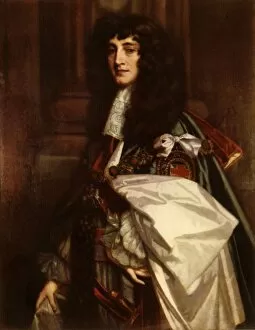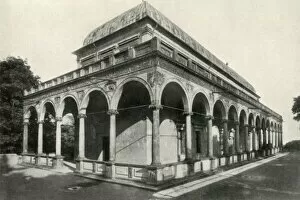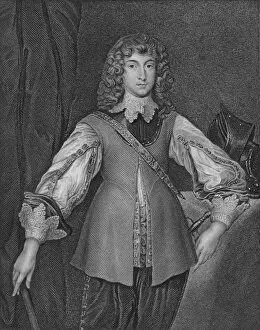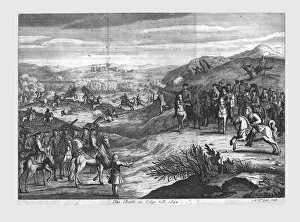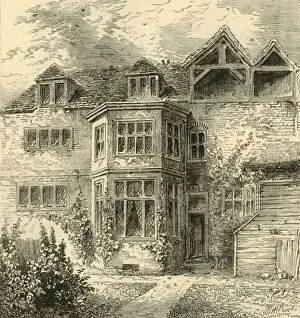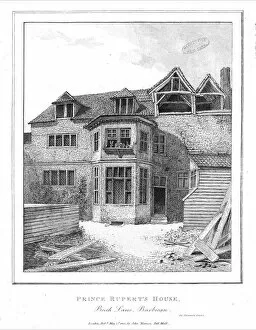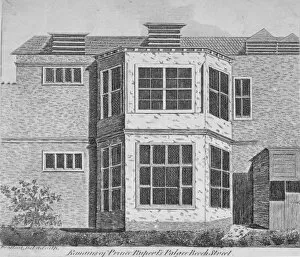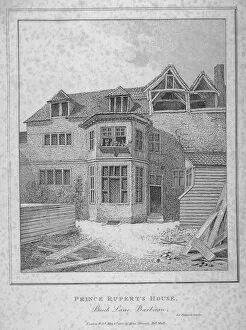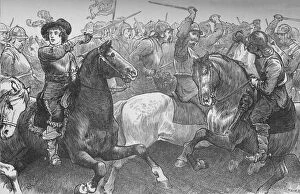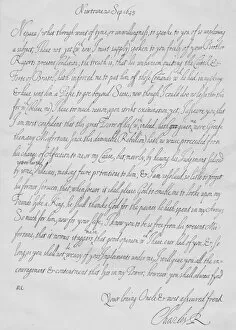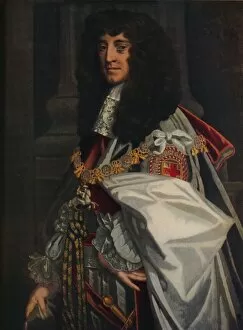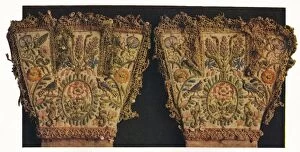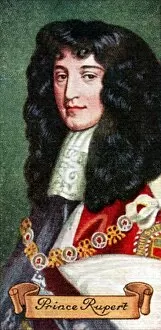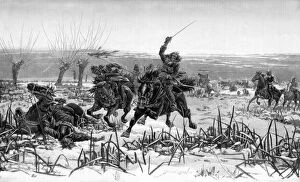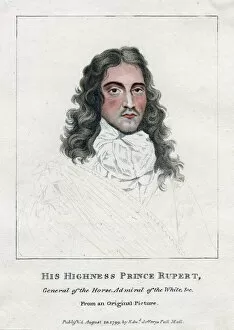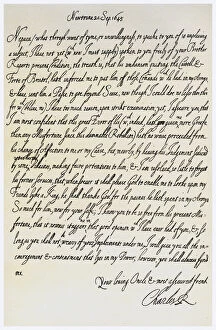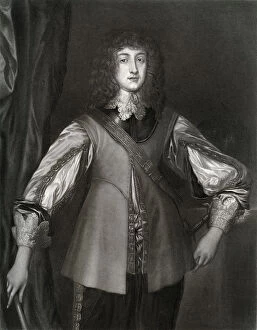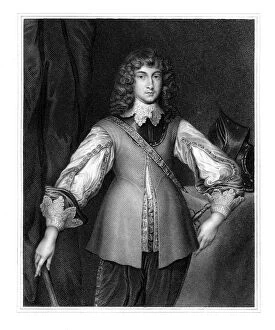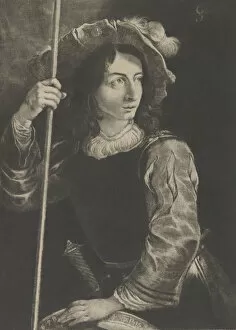Herzog Von Bayern Collection
"Herzog von Bayern: Exploring the Life and Legacy of Prince Rupert (1619-1682)" Step into the fascinating world of Prince Rupert, also known as Herzog von Bayern
All Professionally Made to Order for Quick Shipping
"Herzog von Bayern: Exploring the Life and Legacy of Prince Rupert (1619-1682)" Step into the fascinating world of Prince Rupert, also known as Herzog von Bayern. Born in 1619, this enigmatic figure left an indelible mark on history. In a captivating portrait from 1830, we catch a glimpse of his regal presence, exuding power and authority. One of his most renowned works is "The Great Executioner with the Head of Saint John the Baptist, " created in 1658. This masterpiece showcases his artistic prowess and reveals a deeper layer to his multifaceted personality. Another striking depiction captures Prince Rupert around 1665, showcasing his timeless allure that continues to captivate us today. The unknown artist skillfully portrays him with an air of mystery and intrigue. Moving beyond portraits, we delve into architectural wonders associated with Herzog von Bayern. The Belvedere in Prague stands as a testament to his refined taste and appreciation for grandeur. A photograph from 1947 transports us back in time to witness its magnificence firsthand. Prince Ruperts House holds historical significance as well; various renditions throughout different centuries depict its evolution over time. From its existence in Barbican during the mid-19th century to its remains captured in haunting images from early 19th-century London – each snapshot tells a story about this iconic residence. His military exploits are not forgotten either; Michael Vandergucht's depiction immortalizes The Battle of Edge-hill from 1642 where Prince Rupert showcased strategic brilliance amidst chaos and conflict. A letter penned by King Charles I himself offers insight into their familial bond during tumultuous times - September 1645 marked an important moment between uncle and nephew within their shared heritage. As we unravel the layers surrounding Herzog von Bayern's life through art, architecture, battles fought, and personal correspondence exchanged – one thing becomes clear.


